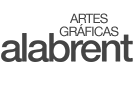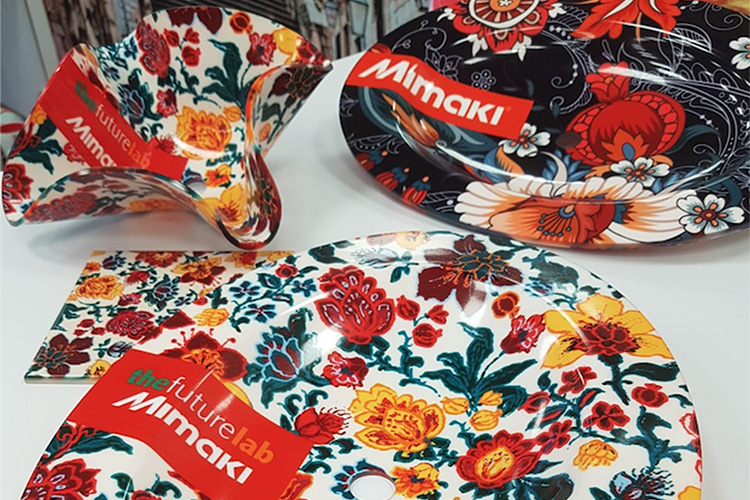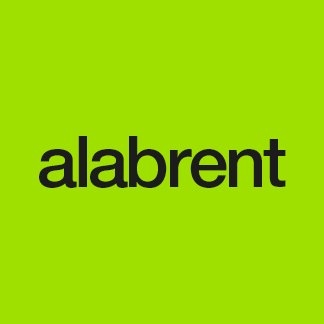Redacción Alabrent
The TechnologyThe issue prior to this was the time it takes to produce accurate, high-quality prints with no mistakes. A manufacturer typically has to print onto a surface and then mould that material into shape, or mould a print onto an already made shape, both of which can result in the warps and sags previously mentioned. Not only does this waste time, since it’s a two-stage process, but materials as well.
Dye sublimation works using heat. The ink penetrates the surface of the material completely, giving a smooth, non-relief effect. The same can be said about thermoforming materials into a desired shape, which is again done through heat. The material is heated up and by using a vacuum and a mould, the manufacturer can bend it into the desired shape. As both use heat technology, the two can and should be combined to maximise efficiency and allow manufacturers to print on any surface of any shape.
Compare this to other technologies such as UV printing, for example. Although this has many of its own benefits, printing on anything but a flat surface would result in an uneven print due to the distance of material from the printhead changing. With dye sublimation printing, it is possible to print on and decorate these concave, convex, and angled surfaces that have long been deemed difficult to achieve.
This new process benefits from allowing for much more flexibility and creativity with the parameters of what you can print on. Most importantly, it saves time and money by shortening the process, reducing errors, and requiring less machinery.
Mimaki’s technology
The great thing is, these technologies already exist, they just need to be combined. These can be realised with Mimaki's different dye-sublimation solutions, most notably the TS55 and the TS100-1600, and its much newer counterpart the TS330-1600, which is the latest model in the range. These textile printers utilise the sublimation process and would only need to be altered in a way to incorporate the vacuum technology used in thermoforming.
In terms of quality, there is no big difference between these two printers, nor in terms of process. It is simply the speed and scale of production that differentiates them. The TS330 is larger and more advanced, can print in more colours such as fluorescent inks, and has a few added extras to boost efficiency, like the option to add much larger 10kg ink tanks. It also has new print heads with 8 colour channels, with which printing 6 or 8 colours or spot colours, does not see a loss in speed at all.
Applications and the future
We have found there to be great potential around the sector of architectural interior customisation. The numerous curves, concaves and shapes found within the home are staggering, and it’s more these everyday features of a house that can really be boosted by new sublimation technologies, for unique designs and great final products.
For example, tiles, plates, switch covers, switches, cabinets, tables, doors, and many other kinds of furniture, can be created this way, allowing for much more creativity with the design of your household materials or appliances. With the benefit of water resistance, household necessities like the bathroom sink can now be created with beautiful and ingrained prints, sublimated into the material to keep its high-quality finish. This really is just one of the near endless possibilities afforded by this new emerging market.
With that in mind, we are extremely excited to see where this will go, and what new technologies or solutions emerge. The possibilities are once again vast, and it’s now down to the imagination of the creatives to propel these innovations forwards and create even more ingenious applications.



